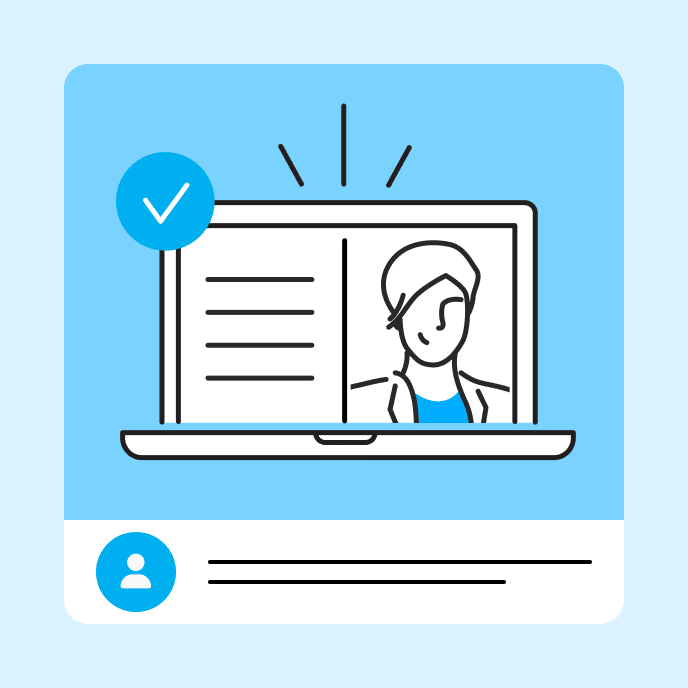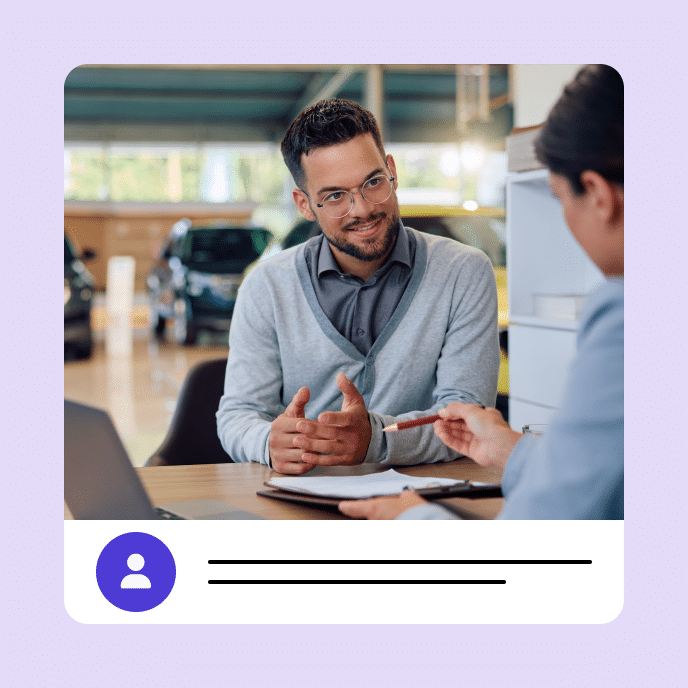Starting an
E‑Learning Project
You have the e‑learning software, but you haven’t built a lot of courses. Knowing where and how to start can be a bit daunting. Let’s review a few key items.

Getting started with e‑learning
“Help, I am just getting started with e‑learning and don’t know where to start!”
There’s obviously a lot that goes into e‑learning. And creating courses can be a bit daunting for those less experienced. So let’s break it down a bit to help you get started.
People don’t have course deficiencies
People don’t sit around waiting to take e‑learning courses. Those courses exist as a solution to something. The goal isn’t to build the course. The goal is to meet some objective and the course is a means to getting there.
This seems obvious, but a lot of e‑learning is usually repurposed content with no real connection to any tangible objective.
The best place to started is to make sure you’re building a course to meet a need.
Things to consider when getting started
- Meet with your client and determine what the training requirements are for the e-learning projects. Your goal is to establish measurable objectives. To do so, you need to know if the request from the client is really met with a training solution. Often, it’s not. Focus on what the expected outcome is and not just that a course is to be built.
- Get the client thinking. I usually send over a list of a few core questions so that they’re prepared and have thought about some of the issues like the audience and what they hope to accomplish.
- Determine timelines. When is the project due? How much time do you have to work on it? Is the request in line with time available? What is the least work you can do to meet the objectives?
- Are there existing resources? Collateral from other projects? Data? If you need access to subject matter experts or others on the team, it’s important to know that and how you’ll get that access.
- Is there a budget? Many organizations just expect that courses get built because you have the e-learning software, but they don’t offer a budget for the assets and work that may be required to be successful. Find out if there’s a budget.
- Identify the final authority on who can make the important decisions and sign off on work. And then you want that person involved before you do any significant production. The last thing you want is a “final course” that needs to be reviewed. Ideally, all the content is reviewed and signed off prior to any significant construction.
- Leave the initial meeting with next steps and action items. And every meeting you have after should require some decisions. If not, don’t have a meeting.
There’s obviously a lot that goes into build an e‑learning course and this is just a few quick bullet points. The main things before building any e-learning course: make sure you need a course, determine objectives, and determine who owns the project.
You may also like

Why Employee Onboarding Is Important—and How to Maximize Results
Want to increase new hire retention, engagement, and productivity? Unlock the benefits of employee onboarding with these tips.

